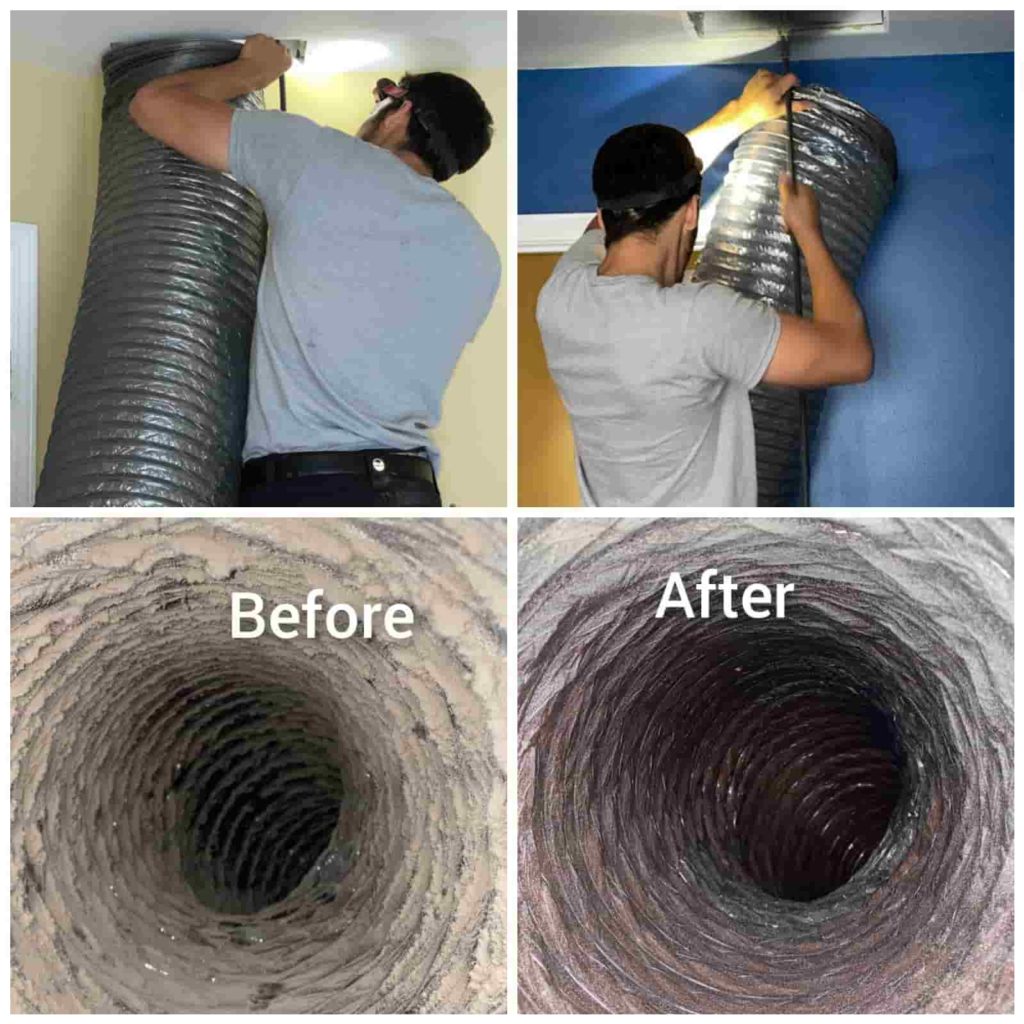A blocked AC condensation drain line is one of the most common issues. When not regularly cleaned AC then it causes blockage due to humidity and dirt. Homeowners must call a professional for repair to their air conditioner system. However, many homeowners do not know the issue is mostly solved with DIY air conditioner maintenance and regular maintenance. If it is blocked, you can easily remove the blockage yourself.
Items to Clean Your Air Conditioner Condensate Drain:
- Rags
- A wet/dry vacuum
- Distilled vinegar
- A funnel
AC Condensation Drain Line:
Air conditioners work by absorbing the moisture and heat from your home. Once inside, the moisture from the humidity precipitates on metal coils, and it is passed from a drip pan before through a PVC pipe being taken out of your home called condensate.
How to Unclog Your Clog Air Conditioner Condensate Drain Line?
It is not much difficult to remove a clog present in your system drain and tray. Some steps are given below. Follow these steps to learn how to do it yourself.
Never use bleach or other household cleaners in the condensate line. It can destroy your system and your home. Only use cleaners that are specially made for cleaning condensate lines. If you want an all-natural choice, a solution of distilled water and vinegar can help to decrease and keep safe from algae and bacteria growth. UV light canton prevents your home from harsh chemicals in industries.
Materials:
- Measuring cup
- 1 cup distilled white vinegar


Use the below code to Embed this infographic
Steps to Clean:
You can prevent a blocked drain by performing regular cleaning. You will kill any mildew, mould, algae, and other forms of bacteria or fungi by using a ¼ cup of vinegar into your drain side. Therefore, it can prevent from forming a build-up and causing a blockage. Revise this process monthly for the best outcomes. Commercial air duct and dryer vent cleaning canton give the best services to protect from allergies, cigarette smoke removal, mould, and other issues related to furnace vents or dryer vents.
Here is a complete guide on cleaning your line with vinegar and keeping everything running at the best performance.
Step 1: Turn off:
Firstly to keep safe from electrical damage or shock, turn the switch “OFF” your air conditioner to on your thermostat as well as at the circuit breaker panel.
Step 2: Locate the drainpipe:
It will be present outside, where the condenser unit is located if you live in a single-family home. However, it will be present in the same closet as the furnace if you live in a building. With a plastic cap, it is a PVC pipe.
Step 3: The cap removes from the pipe:
You do not require tools to remove the cap from the pipe. Therefore, pushing it off with your hands will suffice.
Step 4: Check if any debris is stuck in the drain:
Visually observe it for any dirt that may be causing the clog. Shine a flashlight on it if it is too dark.
Step 5: Any visible debris present removes it and retest for complete drainage:
Remove regularly debris that presents visibly; also not accidentally push it further down. Be careful in this process.
Step 6: Pour in Vinegar:
Slowly pour one cup of distilled white vinegar into the pipe once the dirt is removed.
Step 7: Replace the drain cap:
Before turning on your system again, wait half an hour. So, please remember that this is a simple method to clean a drain side if you routinely provide it with maintenance.
More Aggressive Method to Clean:
If many years have been spent and you have never cleaned your AC drain side before, you may require a more aggressive method to remove a blockage, such as a dry and wet vacuum.
Materials
- Dry/wet vacuum
- DIY vac (a plastic tube that presents at the dry/wet vacuum on one end and the system line on the other)
Step 8: Remove the drain cap:
By unscrewing the PVC pipe, Gain and remove the system’s access cap.
Step 9: Use a wet/dry vacuum:
Once you have the open line, use the wet/dry vacuum to eliminate the blockage and humidity. Commercial air duct and dryer vent cleaning canton provide effective cleaning services of the system. They can also fix the problems related to heat pumps or furnaces.
While the steps present above are simple at home, it is also important to schedule regular HVAC maintenance with a professional technician. That is the only method to make sure your system runs as perfectly as possible. As a result, you will eliminate your energy bills and increase the life of your system. UV light canton can be used in hospitals and industries for killing inactive microorganisms.
Signs of a blockage:
The most common signs that are present of a clog are the following:
- The system is not cooling well to your home
- AC is dripping water
- AC won’t turn on
- Higher energy bills
Symptoms and Causes:
Condensation gathers in your system’s drain side. It provides the perfect breeding grounds for algae and mould to develop. Therefore, more increase and sludge form in your condensate. The debris is present on the line. Moreover, it can include mould and mildew, bacteria, algae, fungus, and even small plants. Once enough increase accrues, the clog will become too large, and it creates in the line. In addition, it is causing water to go back into the AC drain pan.
The extra water will overflow and leak into your house when that drain pan fills. It is causing water damage problems that can quickly change into costly home repairs. Moreover, neglected or improper cleaning of your drain side can cause more musty odours, humidity, and potentially serious and expensive issues with your complete central air conditioning system.
What Does AC Condensation Drain Line Do?
It plays an important role in the effective operation of your system. It is connected with your AC unit. Your condensate line plays a role in removing the condensation that is generated by the evaporator coil. And it is draining it from the air handler that is present outside of your house.
